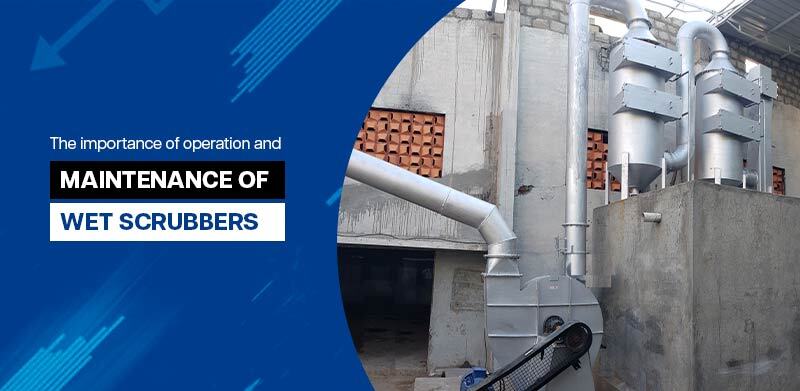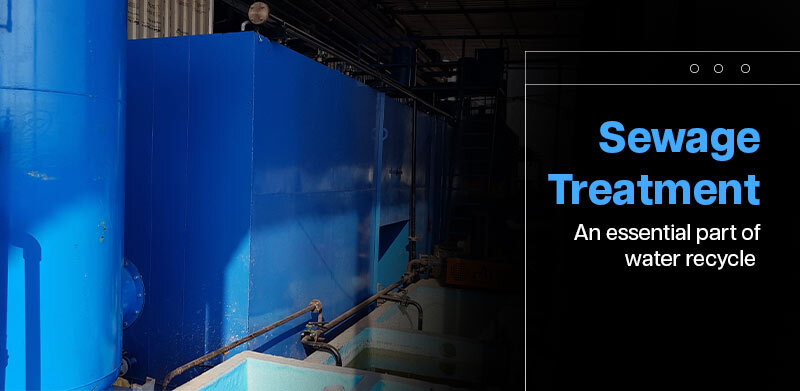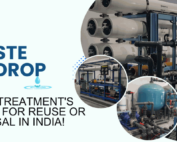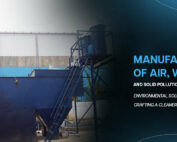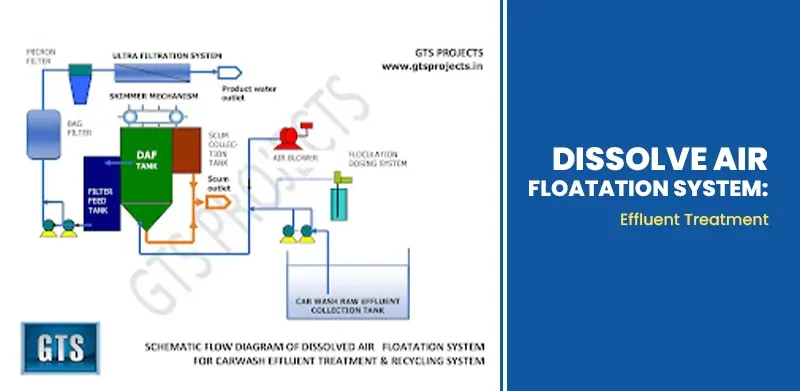OPERATION & MAINTENANCE, SERVICING AND TROUBLE SHOOTING OF WET SCRUBBER SYSTEMS
Operating and maintaining wet scrubber systems involves several key steps, including regular inspections, monitoring, cleaning, and troubleshooting. Here’s a general overview of the operation, maintenance, servicing, and troubleshooting of wet scrubber systems:
Operation:
Start-Up:
Before starting the wet scrubber system, ensure that all necessary valves, fans, and pumps are in proper working condition. Verify that the scrubbing liquid (usually water or a chemical solution) is at the appropriate level.
Monitoring:
Regularly monitor key parameters such as pressure drop, liquid flow rate, pH, and gas temperature to ensure optimal system performance. For accurate measurements, use instruments like pressure gauges, flow meters, pH meters, and temperature sensors.
Adjustments: Based on the monitored parameters, make necessary adjustments to control settings such as fan speed, liquid flow rate, and pH levels to maintain desired performance and compliance with regulatory requirements.
Safety:
Follow all safety protocols, including proper handling and storage of chemicals, ensuring adequate ventilation, and implementing emergency shutdown procedures.
Maintenance and Servicing:
Regular Inspections: Conduct routine inspections to check for any signs of corrosion, leaks, clogging, or mechanical damage. Inspect scrubber internals, such as mist eliminators, packing materials, and spray nozzles, for wear or blockages.
Cleaning: Clean the scrubber components as needed to remove accumulated deposits or fouling. This may involve cleaning or replacing mist eliminators, unclogging spray nozzles, or flushing the system to remove any accumulated solids.
Pump and Fan Maintenance:
Regularly inspect and maintain the pumps and fans associated with the wet scrubber system. Check for proper lubrication, belt tension, and alignment. Clean or replace air filters as necessary.
Chemical Management:
Manage the chemicals used in the scrubbing process carefully. Monitor and maintain appropriate chemical concentrations, replace spent chemicals, and handle and dispose of chemicals according to safety guidelines and regulations.
Troubleshooting:
Performance Issues: If the wet scrubber system is not performing as expected, check the operating parameters, such as flow rates, pressure drops, and pH levels, to identify any deviations from normal conditions. Adjust the system accordingly to restore performance.
Maintenance and Repairs:
If there are mechanical issues, leaks, or damaged components, take appropriate measures to repair or replace the affected parts. Follow manufacturer guidelines or consult with a qualified technician for complex repairs.
System Upgrades:
Consider system upgrades or modifications if the wet scrubber consistently fails to meet performance targets or regulatory requirements. This may involve changing scrubbing media, improving mist elimination devices, or upgrading control systems.
It’s important to note that specific wet scrubber systems may have unique requirements and operating procedures. Therefore, referring to the manufacturer’s instructions and consulting with experienced professionals is crucial for proper operation, maintenance, and troubleshooting.

